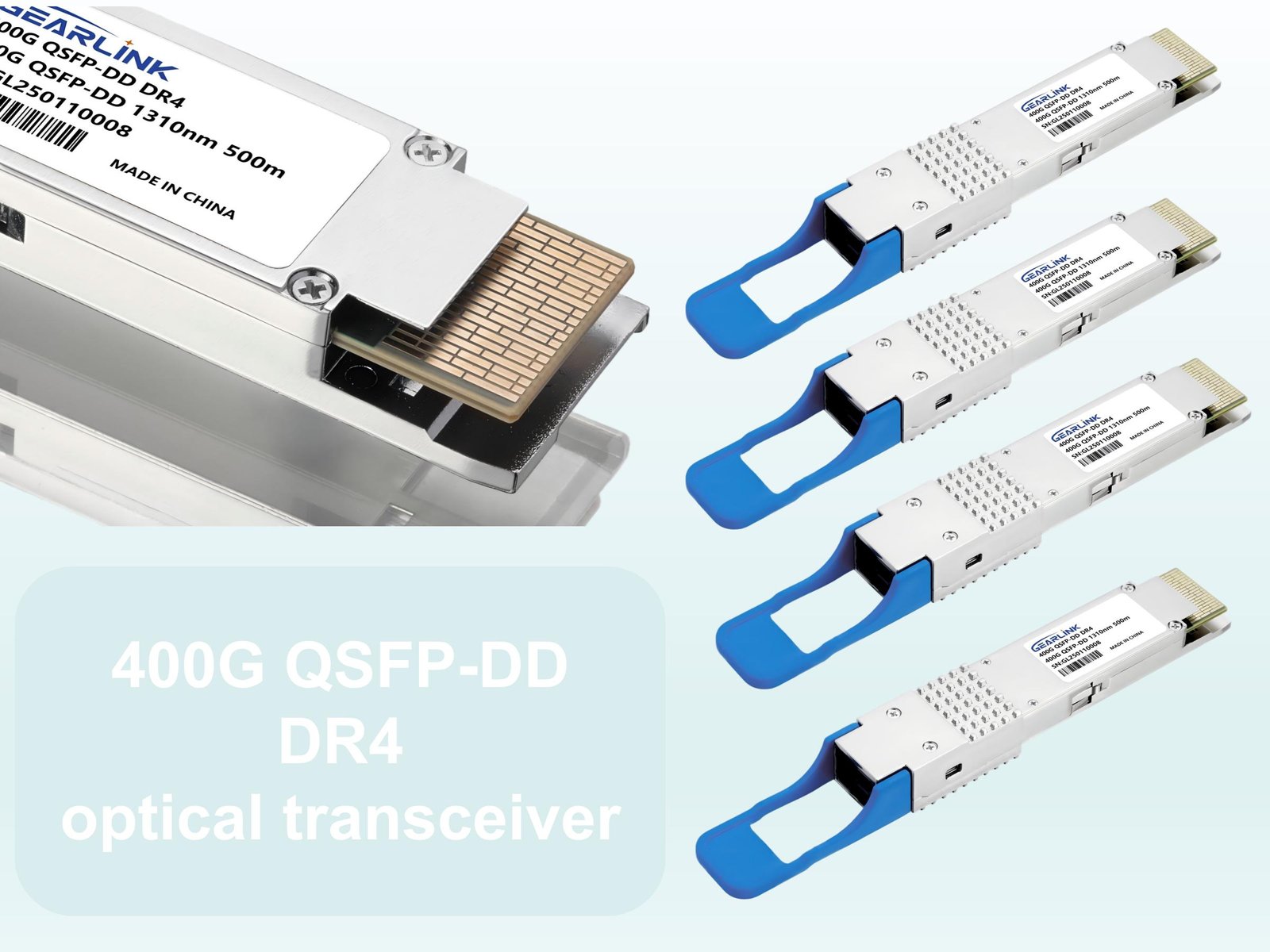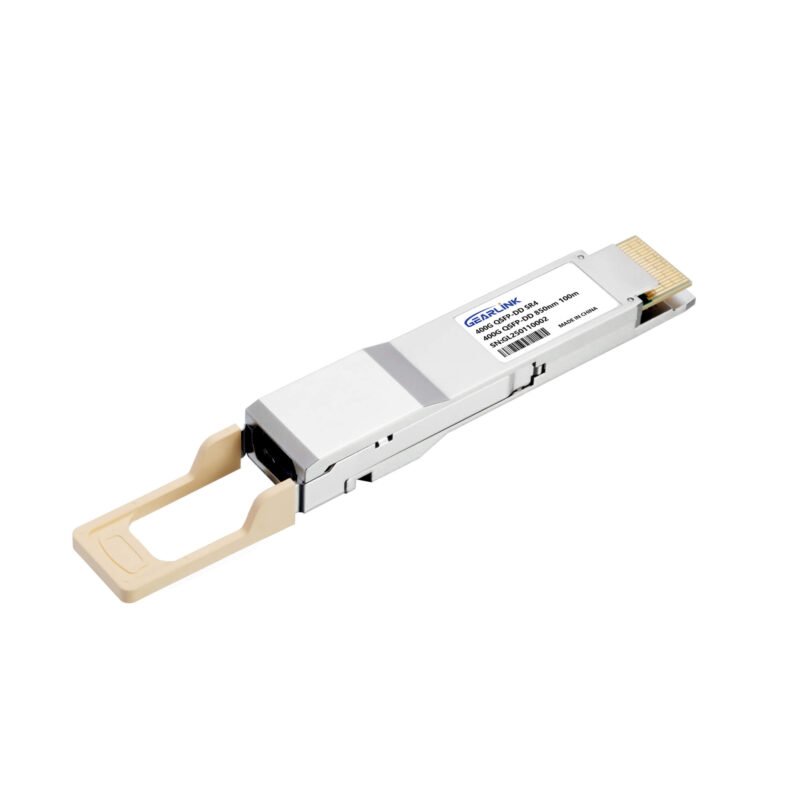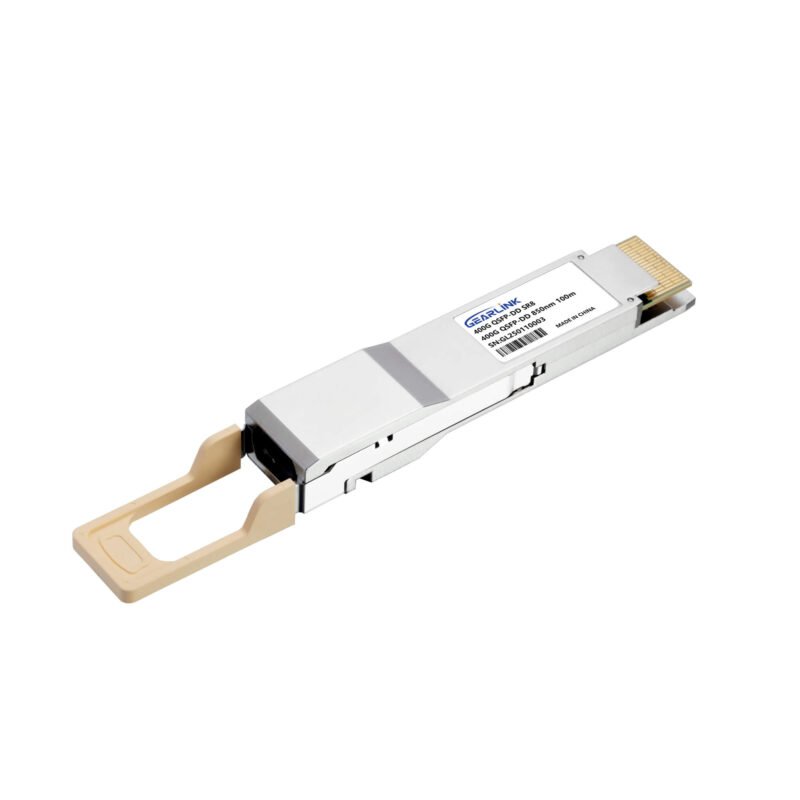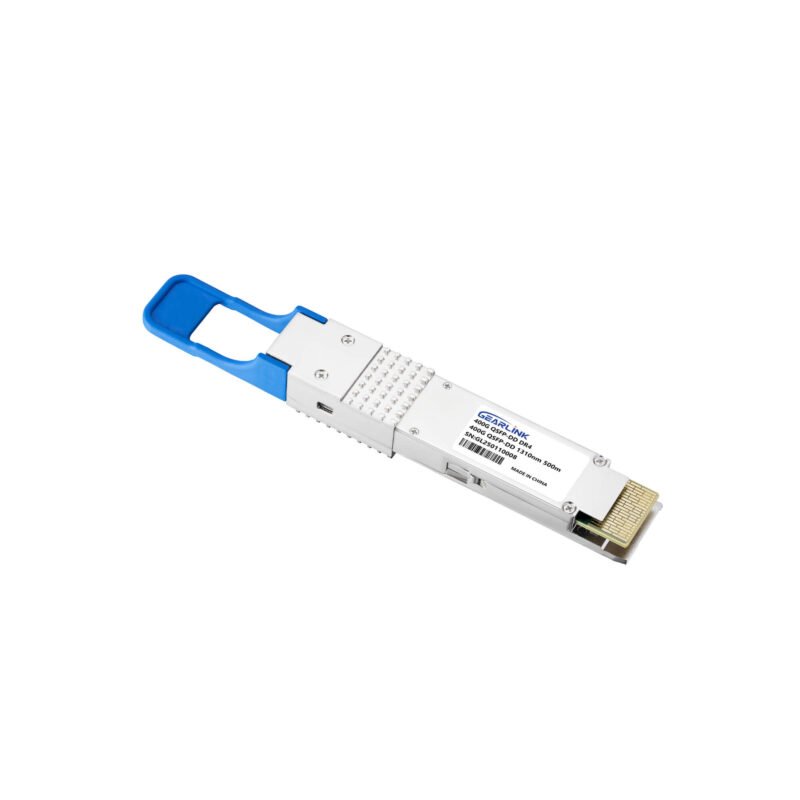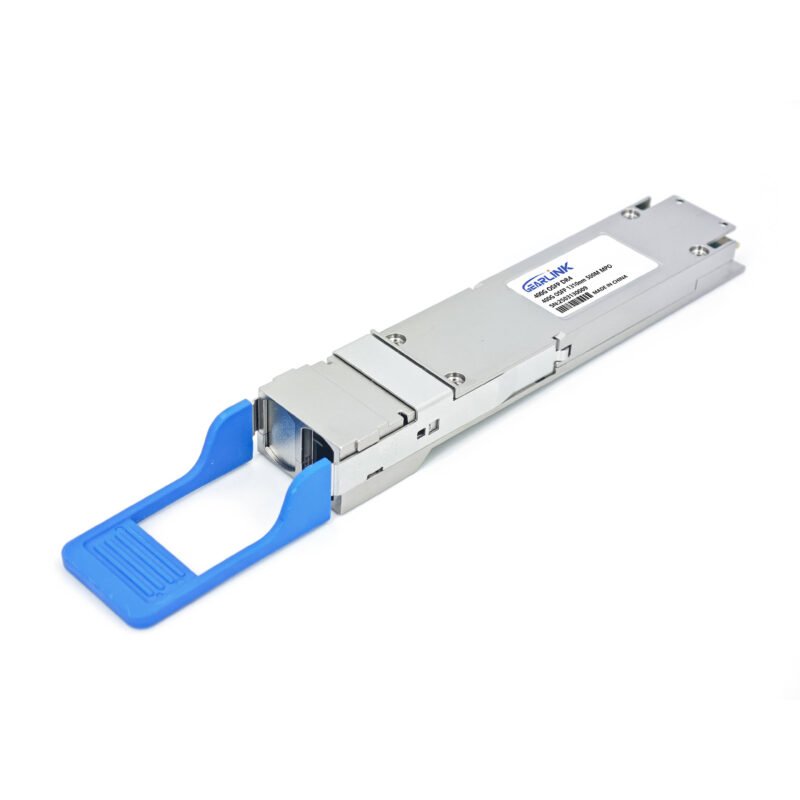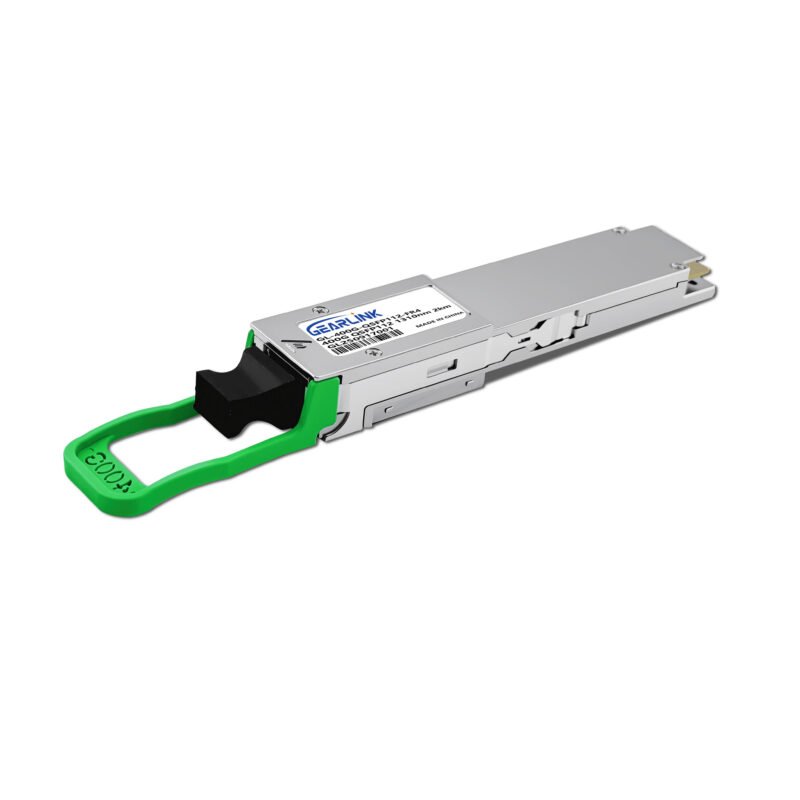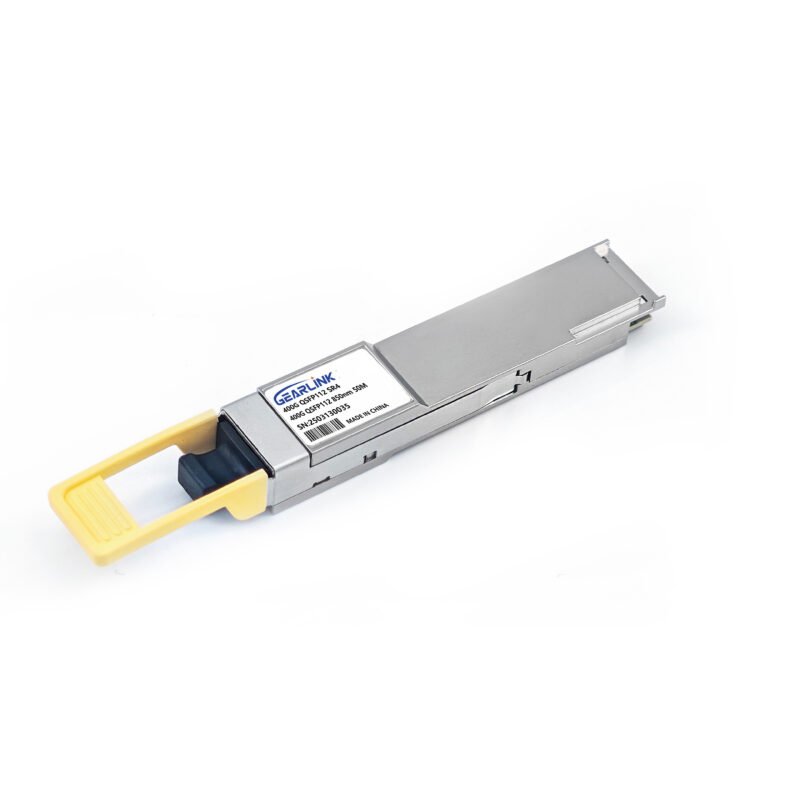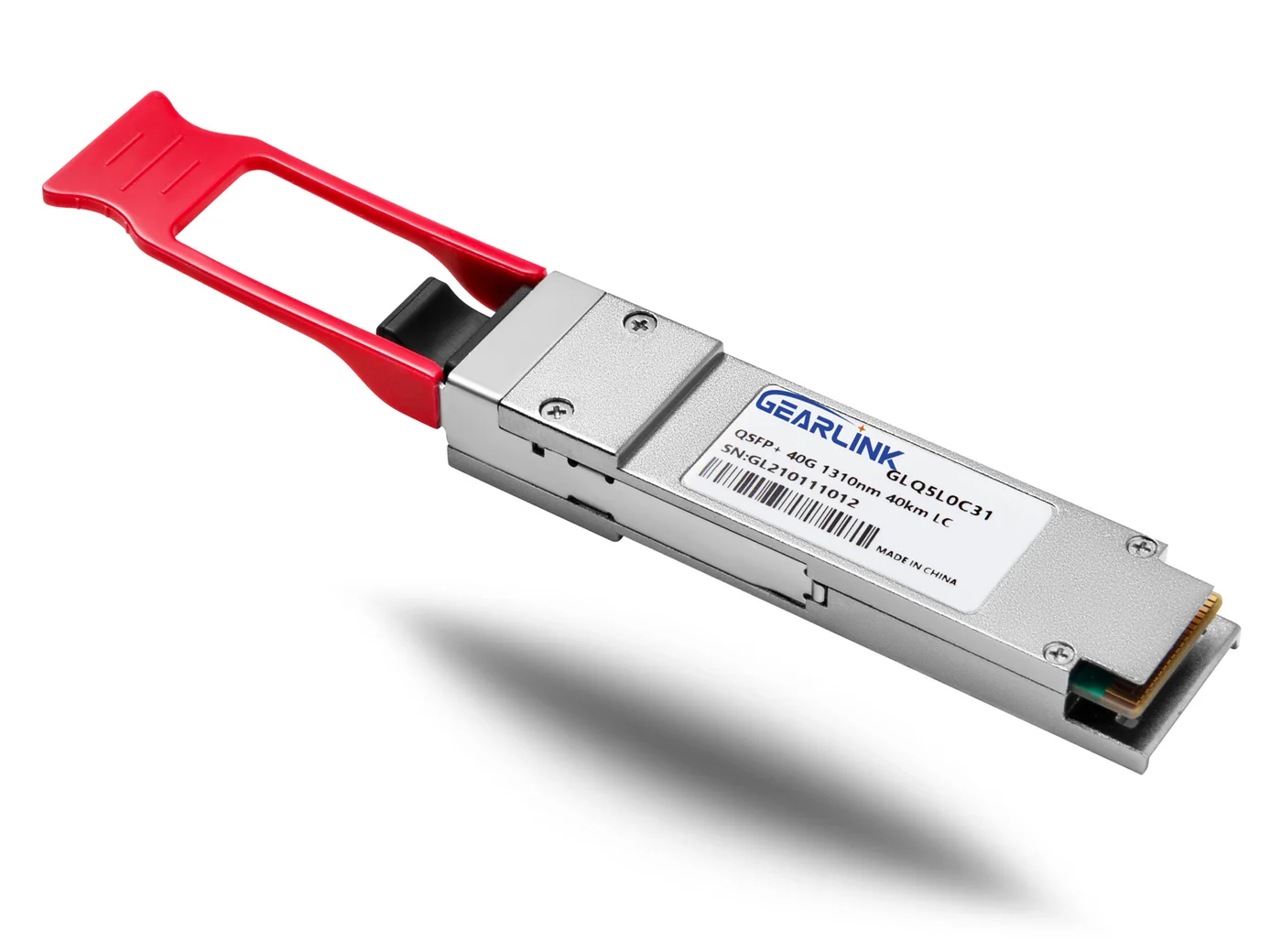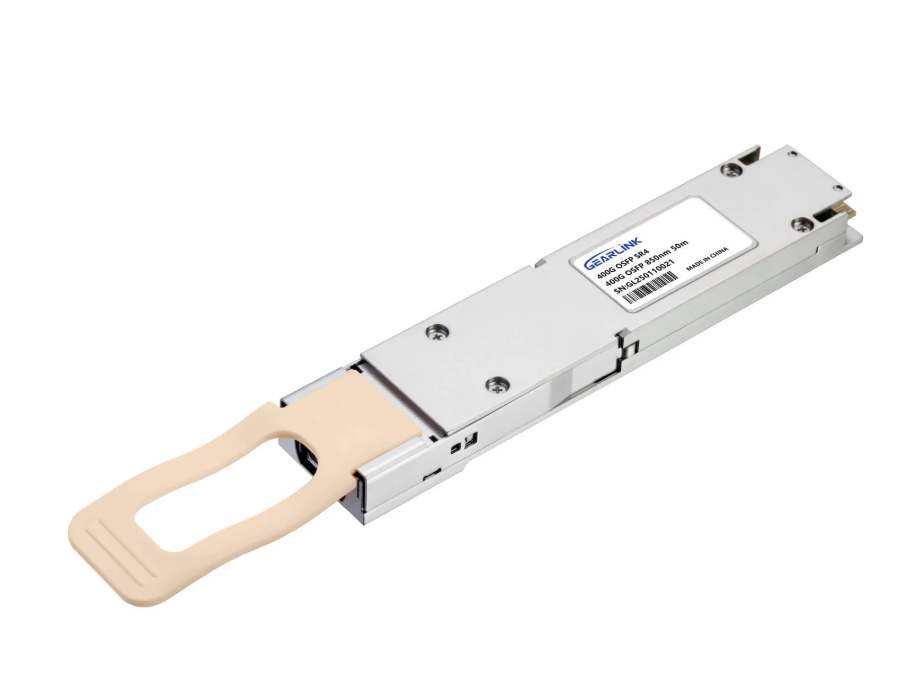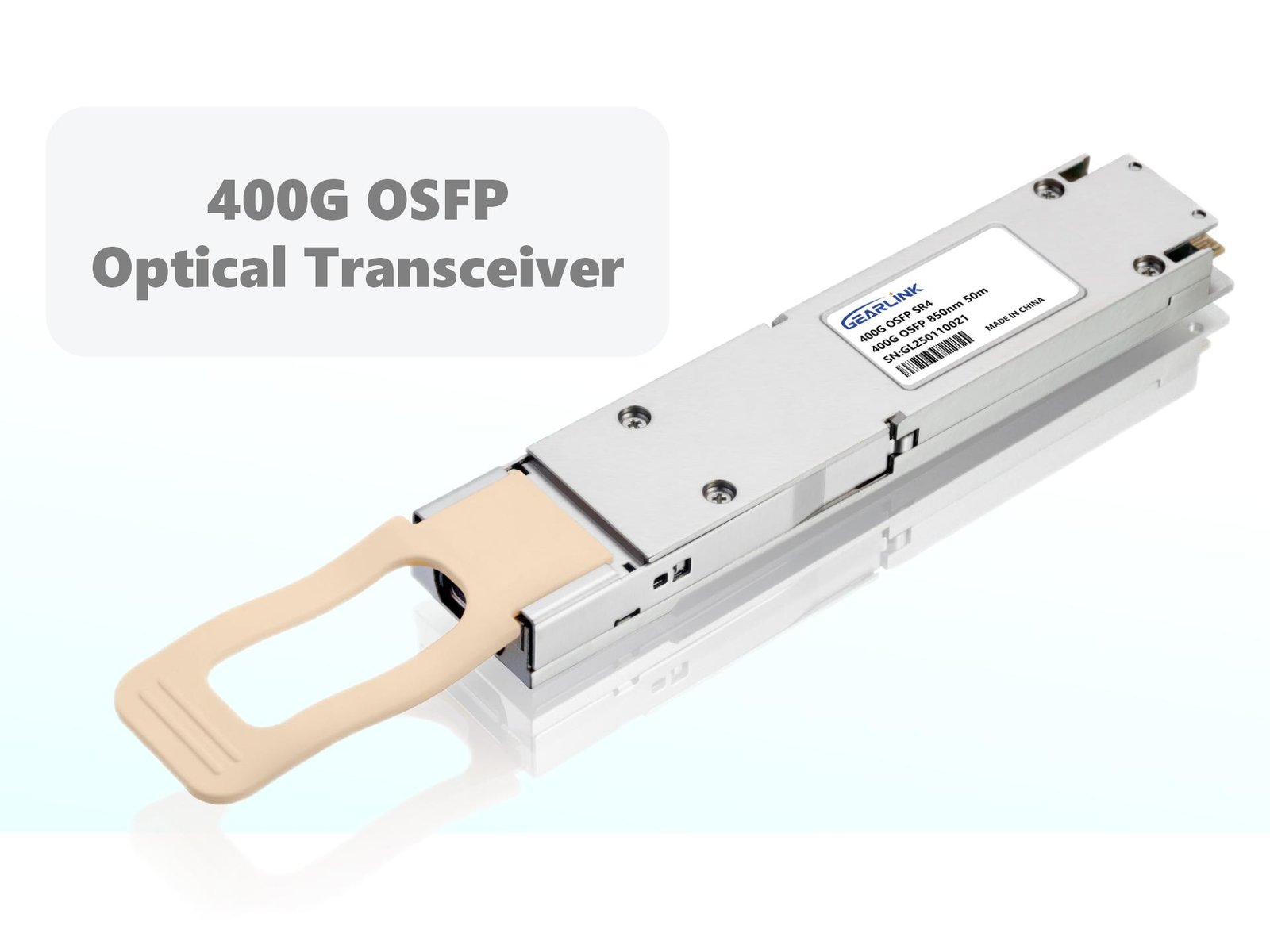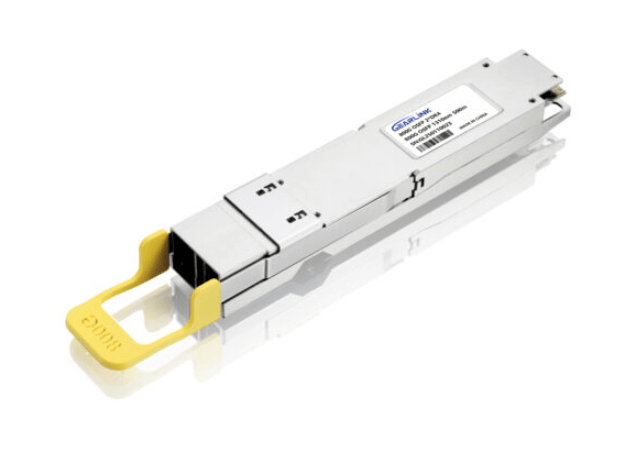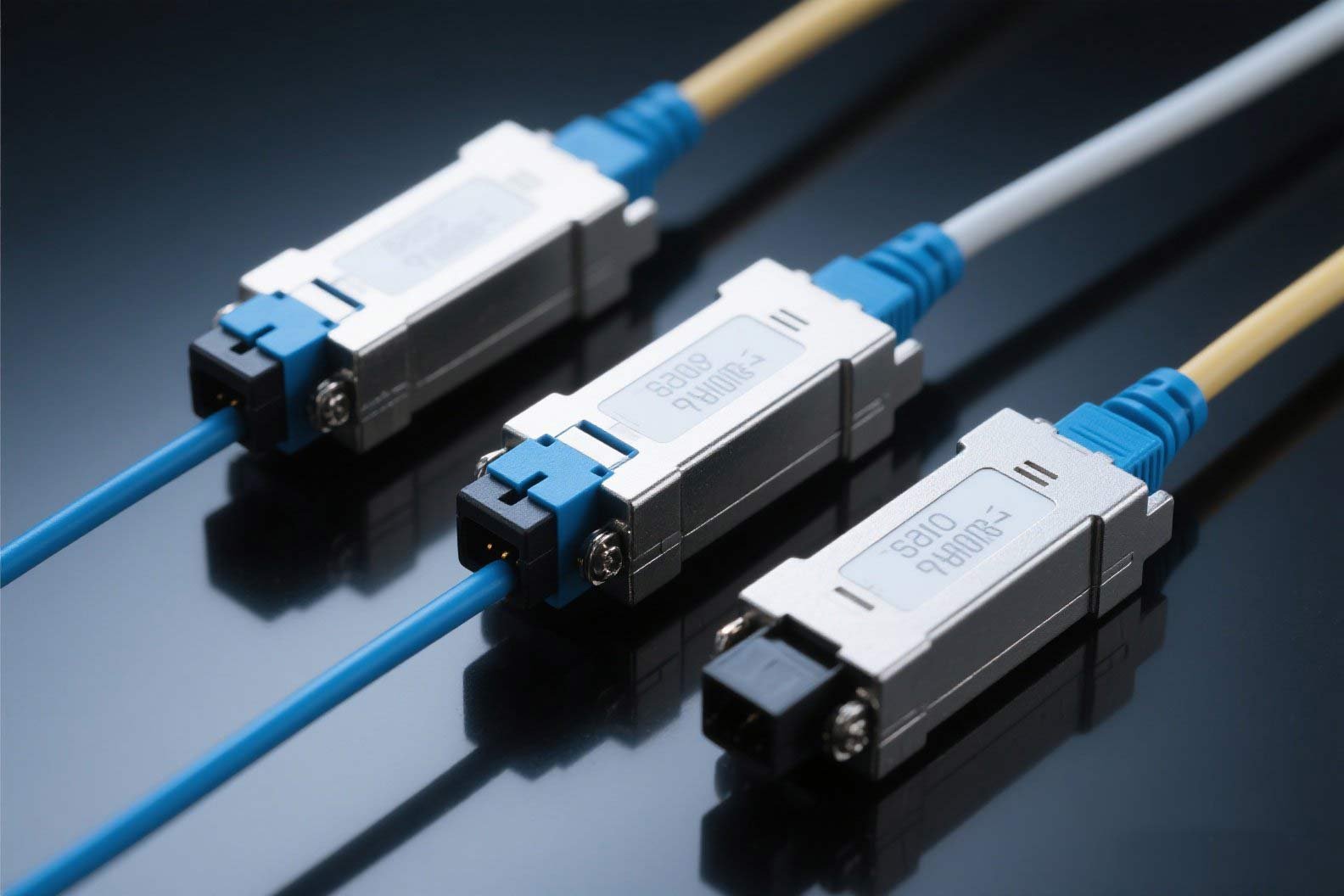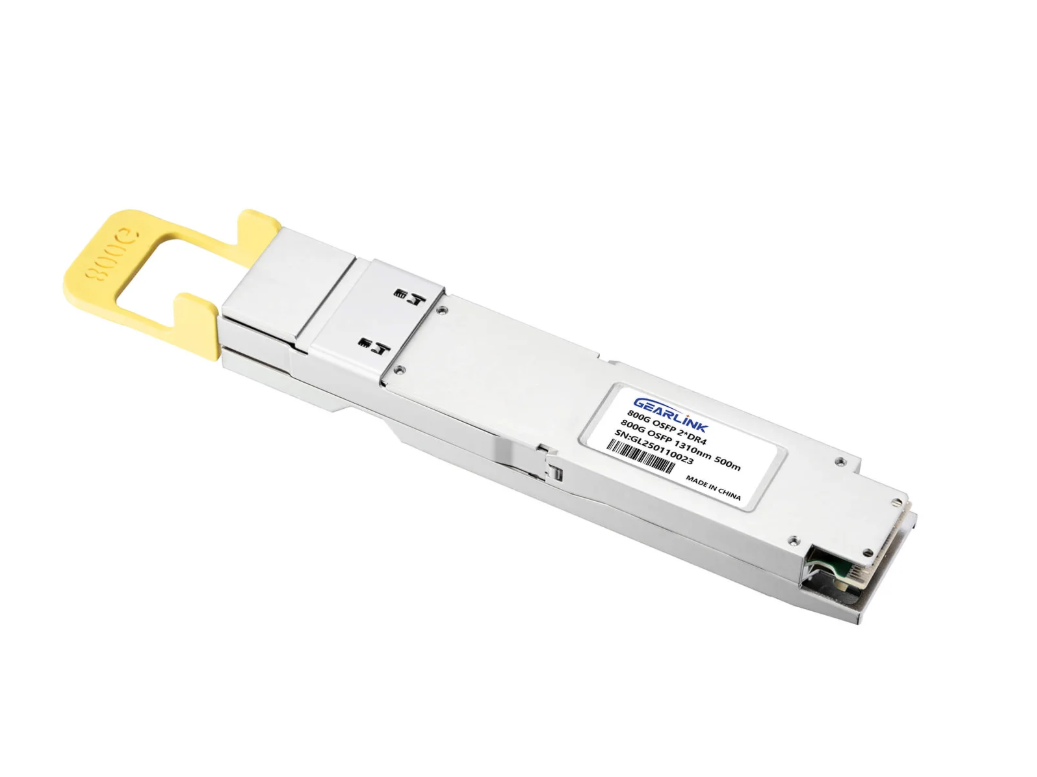Introduction 400G QSFP DD DR4
In the rapidly evolving world of networking, speed and reliability are the keys to success. As businesses and cloud providers push the limits of digital infrastructure,the 400G QSFP DD DR4 transceiver is sometimes also referred to by customers as 400GBASE-DR4 or QDD 400G DR4, has emerged as a trusted solution. With its balance of performance, cost-effectiveness, and scalability, this module plays a crucial role in enabling hyperscale data centers, AI clusters, and telecom operators to handle massive data flows.
This guide explores the technical details, applications, and benefits of 400G QSFP DD DR4, while also explaining related solutions such as QDD 400G DR4 S, 400GBASE DR4, and the general family of DR4 transceivers. Whether you are a network engineer, IT decision-maker, or technology enthusiast, this article will help you understand why 400G DR4 has become a backbone of modern connectivity.
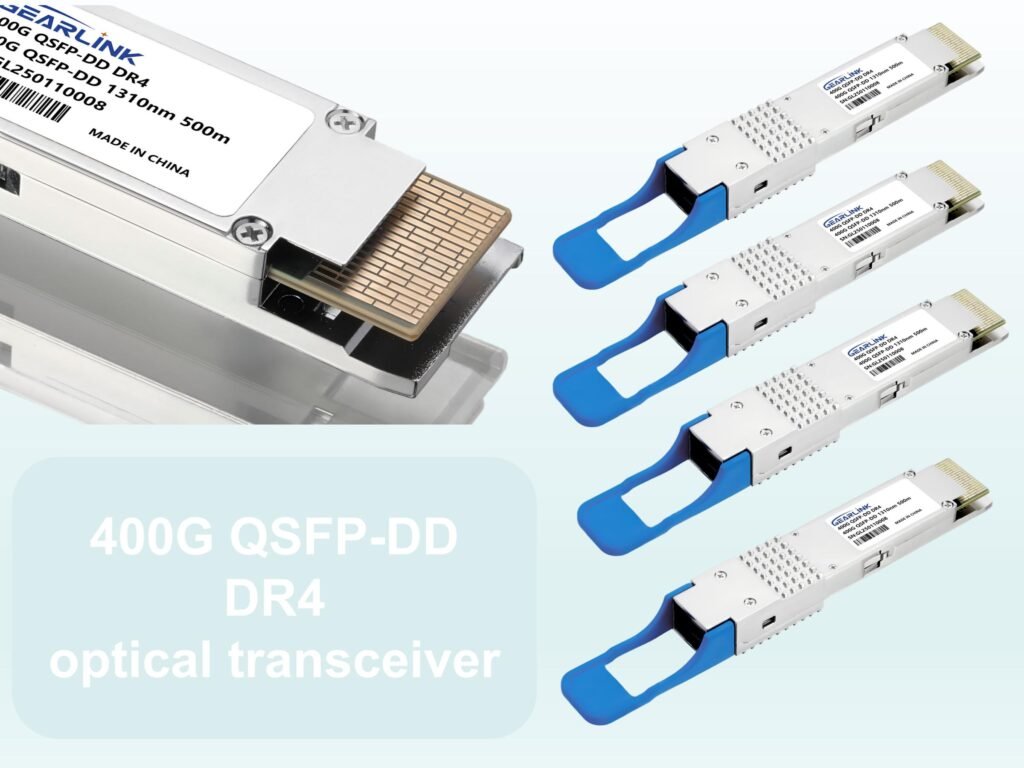
What Is a 400G QSFP DD DR4 Transceiver?
The 400G QSFP DD DR4 transceiver is a pluggable optical module that complies with the QSFP-DD standard. “DR4” stands for Data Rate, 4 lanes, which means the module transmits four parallel 100G signals to achieve an aggregated 400Gbps link.
Key Features of 400G QSFP DD DR4
Form Factor: QSFP-DD (Quad Small Form-Factor Pluggable, Double Density)
Lane Structure: 4 × 100G (PAM4 modulation)
Fiber Type: Single-Mode Fiber (SMF)
Reach: Up to 500 meters
Connector: MPO-12/APC
Standard Compliance: IEEE 802.3bs (400GBASE-DR4)
Why QSFP-DD Matters
The QSFP-DD form factor was designed to double the port density compared to QSFP28. With eight electrical lanes on the host side, it supports either 8×50G PAM4 or 4×100G PAM4 transmission. This makes it possible to scale networks without expanding the physical footprint.
Understanding 400G QSFP DD DR4
400GBASE DR4 is the IEEE standard that defines 400G transmission over 500m of single-mode fiber. The standard ensures that transceivers from different vendors can interoperate.
Benefits of 400G QSFP DD DR4
Interoperability – standardized specifications mean modules from multiple vendors can be deployed in the same network.
Cost Reduction – uses parallel fiber technology, which reduces overall cabling costs.
Future-Proofing – designed with scalability in mind, so it can coexist with future 800G deployments.
Power Efficiency – optimized for data center power budgets.
Because of these advantages, 400GBASE DR4 has been widely deployed in hyperscale networks where long-term scalability is critical.
The Role of QDD 400G DR4 and QDD 400G DR4 S
QDD 400G DR4 and QDD 400G DR4 S are the same type of module. Both comply with standard protocols and can transmit up to 500 meters over single-mode fiber. Among them, QDD 400G DR4 is the general model, while QDD 400G DR4 S is considered Cisco’s model.
QDD 400G DR4 Technical Table
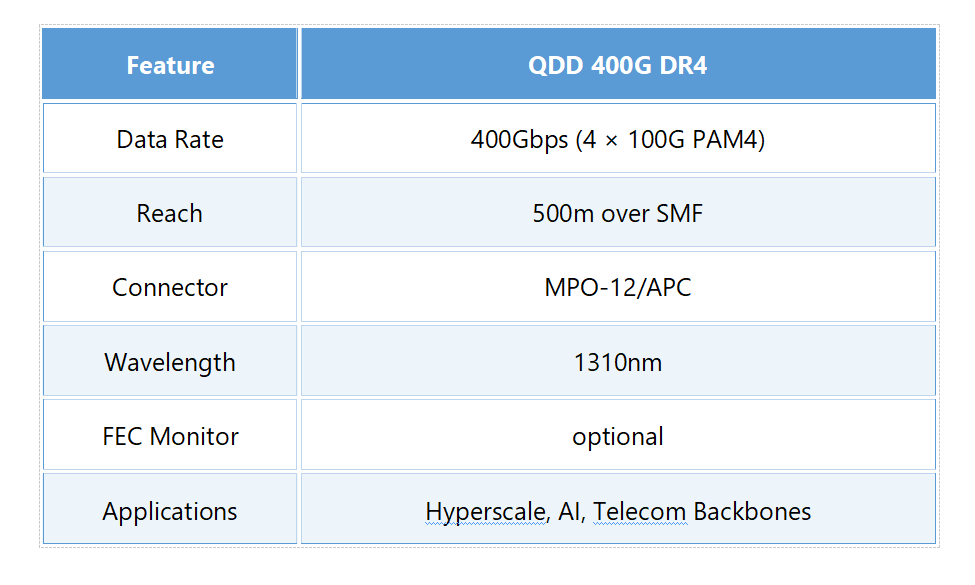
QDD 400G DR4 S Key Advantages
Enhanced thermal stability for high-density racks
Lower power consumption under heavy workloads
Optimized latency performance for AI training clusters
Interoperability maintained with IEEE standards
How 400G DR4 Transceiver Works
The 400G DR4 transceiver relies on PAM4 modulation and Forward Error Correction (FEC).
PAM4 Modulation
Pulse-Amplitude Modulation with 4 levels (PAM4) allows two bits of data to be encoded per symbol.
This doubles the data rate compared to older NRZ modulation.
PAM4 is more complex but enables the required 100G per lane signaling.
Forward Error Correction (FEC)
Because PAM4 is more error-prone, KP4 FEC is used.
Errors are corrected automatically at the hardware level.
This ensures reliable transmission over 500m.
As a result, data integrity is preserved, even under heavy loads.
A lot of customers assume that optical modules come with KP4 FEC, but that’s not how it works. KP4 FEC is a function built into the host equipment, not the module itself. The module only supports FEC, though it does include FEC monitoring. If you’d like more details, feel free to reach out to us.
Breakout Support
The 400G DR4 transceiver can also be used in 4×100G breakout mode, which means one module can connect to four separate 100G devices. This flexibility reduces costs and simplifies upgrades.
400G DR4 vs Other 400G Transceiver Types
Not all 400G modules are designed for the same purpose.
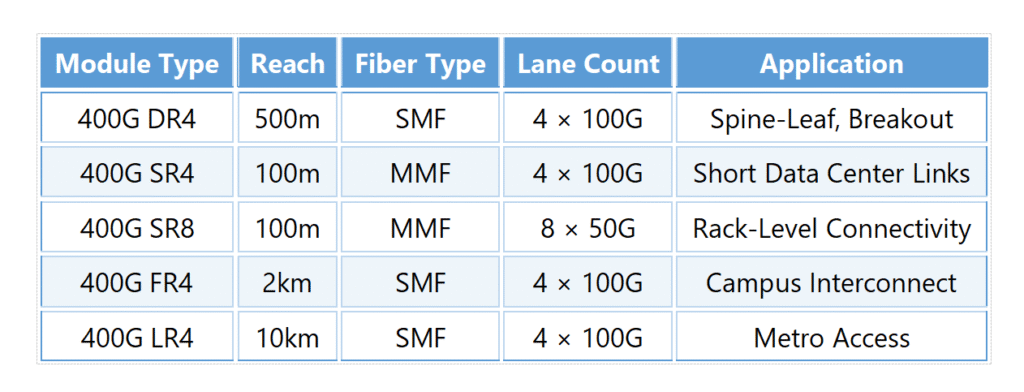
400GBASE-DR4 OSFP PAM4 1310nm 500m DOM MPO-12/APC SMF Optical Transceiver Module
Price range: NT$699 through NT$799
400GBASE-FR4 QSFP112 PAM4 1310nm 2km DOM Duplex LC/UPC SMF Optical Transceiver Module
NT$750400GBASE-SR4 QSFP112 PAM4 850nm 50m DOM MPO-12/APC MMF Optical Transceiver Module
Price range: NT$699 through NT$799
From the comparison above, it is clear that 400G QSFP DD DR4 provides a perfect balance between reach and cost, while other modules address specific niche requirements.
Real-World Applications of 400G QSFP DD DR4
Hyperscale Data Centers
Companies like Google, Amazon, and Microsoft deploy 400GBASE DR4 across their massive data centers. It is often used to connect spine and leaf switches in leaf-spine architectures.
AI and Machine Learning Clusters
Training large AI models requires high-bandwidth, low-latency links. QDD 400G DR4 S modules are often deployed in GPU clusters to enable fast data exchange.
Telecom Networks
In telecom backbones, 400G DR4 transceivers are used for metro and regional connections. Their power efficiency makes them suitable for large-scale deployments.
Enterprise IT
Enterprises adopting hybrid cloud infrastructures use DR4 transceivers to simplify upgrades from 100G to 400G. With breakout mode, migration is cost-effective.
How 400G QSFP DD DR4 Enhances Efficiency
Power usage is reduced because the module is designed with optimized efficiency.
Signal integrity is maintained through advanced optics and FEC.
Cabling complexity is simplified with MPO connectors.
Future scalability is enabled by compatibility with 800G roadmaps.
Case Study – DR4 in AI Training Data Centers
A global AI company deployed QDD 400G DR4 S to interconnect GPU servers.
Challenge: Scaling from 100G to 400G without major re-cabling.
Solution: Breakout-ready 400G DR4 transceivers were installed.
Result: Network throughput increased by 4×, while power consumption only rose by 2×.
This demonstrates how 400G DR4 provides both performance and energy savings.
The Future of DR4 and Beyond
While 400G QSFP DD DR4 is currently dominant, the industry is preparing for 800G and 1.6T solutions. However:
400GBASE DR4 will continue to serve as a mainstream solution for years.
Vendors are developing backward-compatible 800G DR8 modules, but cost remains high.
Therefore, DR4 will remain critical in balancing performance, cost, and availability.
Conclusion 400G QSFP DD DR4
The 400G QSFP DD DR4 transceiver family, including QDD 400G DR4 S and 400GBASE DR4, has been engineered for modern networks that demand speed, efficiency, and scalability. Whether deployed in hyperscale data centers, AI training clusters, or enterprise IT environments, the DR4 transceiver provides unmatched reliability and cost efficiency.
As businesses continue to expand their digital infrastructure, the adoption of 400G DR4 will accelerate, ensuring that the backbone of tomorrow’s networks is built on robust, standardized technology.
FAQs About 400G QSFP DD DR4
Q1: What is the reach of a 400G QSFP DD DR4 transceiver?
A 400G DR4 transceiver typically supports up to 500 meters over single-mode fiber.
Q2: How does QDD 400G DR4 differ from QDD 400G DR4 S?
The QDD 400G DR4 S is optimized for enhanced signal stability and lower power consumption, while the standard QDD 400G DR4 focuses on general-purpose deployments.
Q3: Can a 400G DR4 transceiver be used in breakout mode?
Yes, 400G QSFP DD DR4 modules support 4×100G breakout connections, which makes them flexible for upgrades.
Q4: Why is 400GBASE DR4 preferred in hyperscale data centers?
Because 400GBASE DR4 offers cost efficiency, high density, and standard compliance, it is widely preferred in large data centers.
Q5: Will 400G QSFP DD DR4 be replaced by 800G soon?
While 800G solutions are emerging, 400G DR4 will remain a cost-effective and stable standard for years to come.
